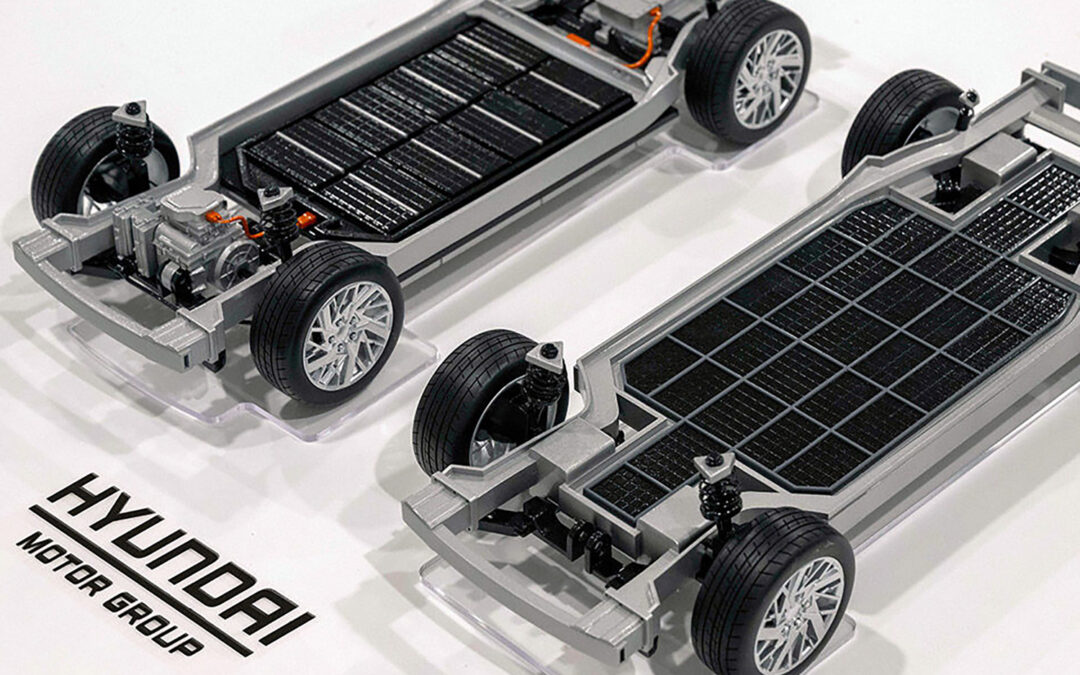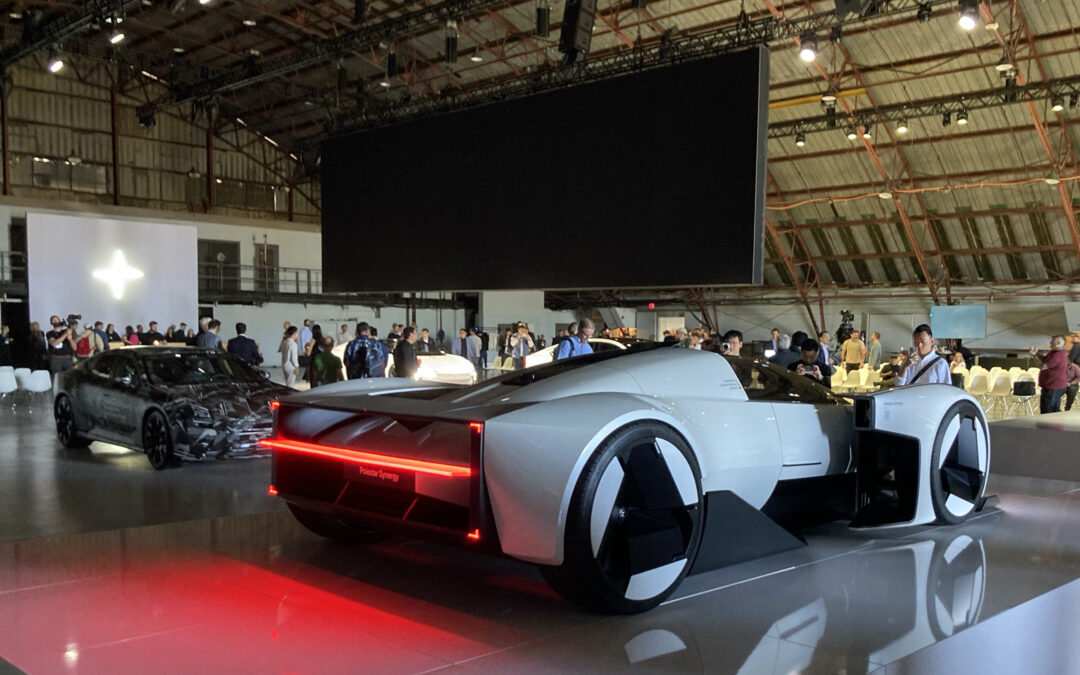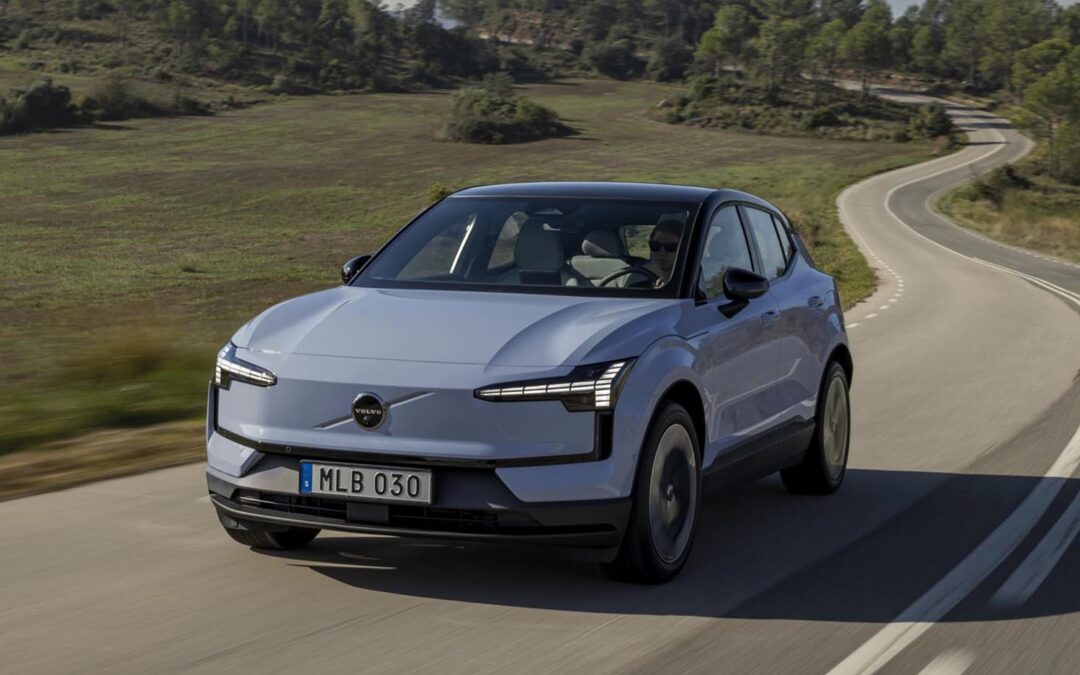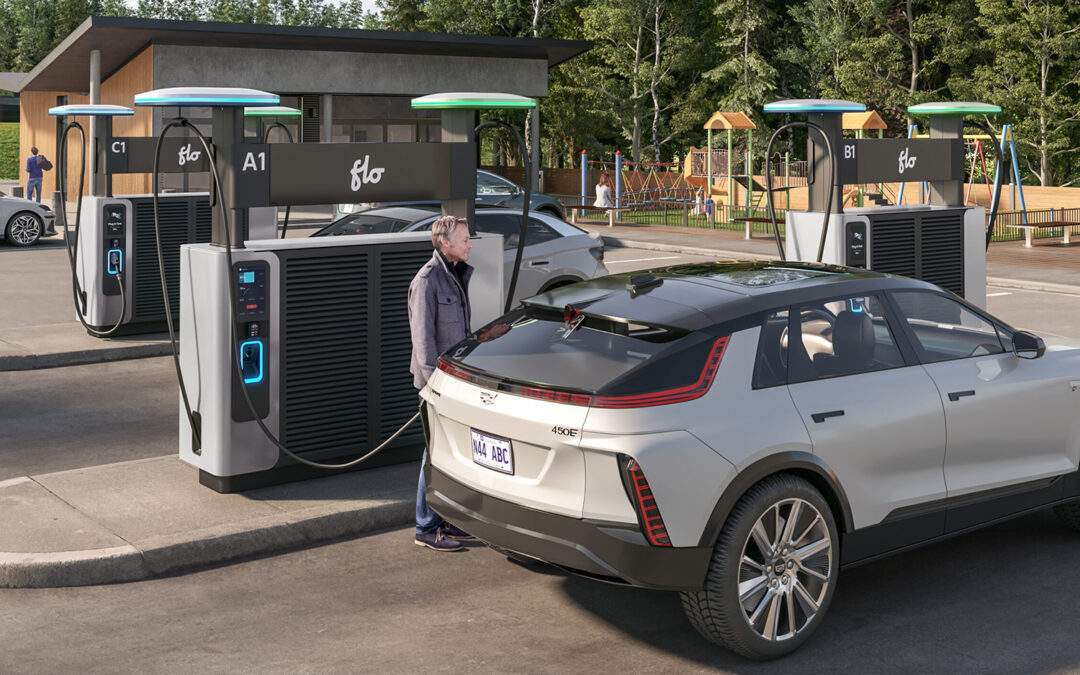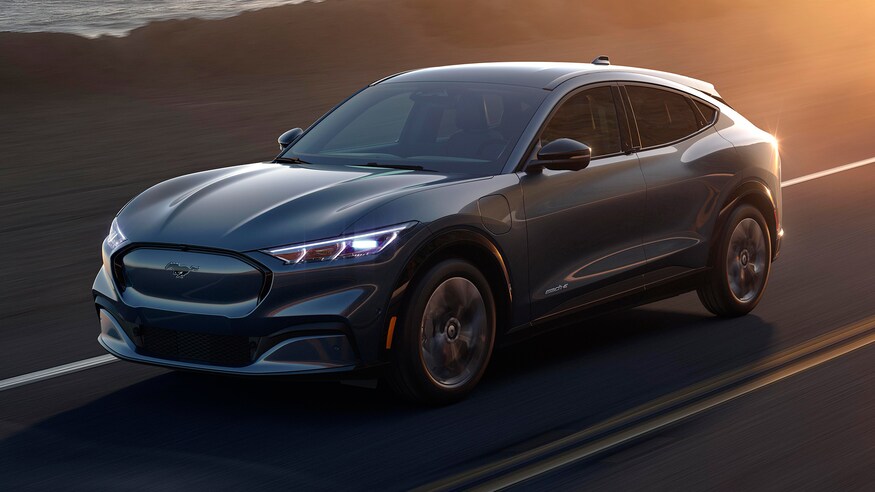There’s been plenty of talk about EV sales plummeting recently, but that’s certainly not the case in Canada, according to data compiled by S&P Global Mobility.
The automotive data provider recently released its information on vehicle sales in Q3 this year for the country, and the results for zero-emission vehicles (ZEVs) are very encouraging. The combination of battery electrics (BEVs) and plug-in hybrids (PHEVs) made up 13.3 per cent of all vehicle sales in Canada, or one of every eight vehicles – the largest share yet.
Read more: VW’s EV sales up more than 40 per cent this year already
In fact, while overall ZEV sales increased by 19.4 per cent, with BEVs themselves rising by 22.4 per cent, sales of light duty vehicles (those under 8,500 lbs) actually dropped by 5.7 per cent.
BEVs alone made up 10.1 per cent of sales, their largest quarterly volume ever.
Read more: Volvo’s July EV global sales almost double over last year
According to the data, three EVs in particular helped drive up sales: Tesla Model 3, Ford Mustang Mach-E and Ford F-150 Lightning. While sales of the Tesla Model Y were relatively flat, it remains the best-selling BEV in Canada.
British Columbia was the top province for ZEV sales in Q3, with a 26.4 per cent increase in market share, or one in every four vehicles sold. Quebec reached 22.8 per cent market share, and it now has 40.4 per cent of all ZEV registrations in Canada.
Ontario’s ZEV sales increased 7.2 per cent in Q3, but it still lags the national average at 8.7 per cent overall. In fact, with sales increases in Q3, Yukon reached 10.4 per cent and Prince Edward Island hit 9.3 per cent of overall ZEV sales in Canada.

